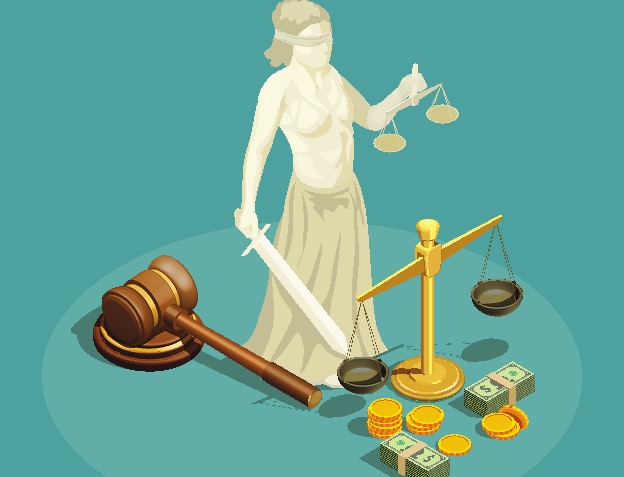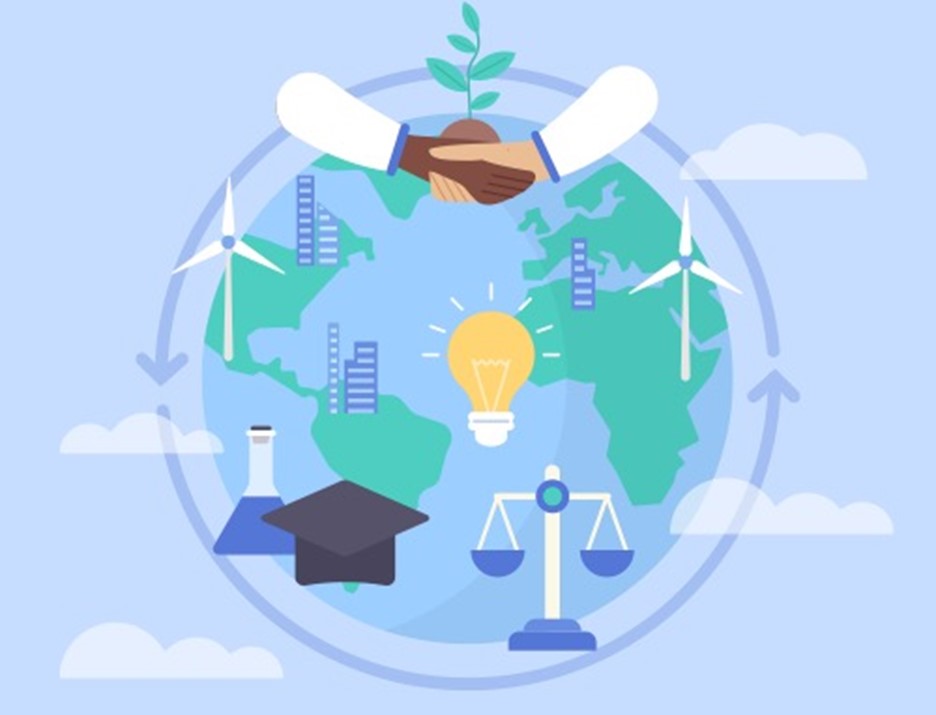
Grades K-2, 3-5
Happy EconEdMonth! Celebrate economics all month long by visiting EconEdMonth.org

Don't have an account yet? Sign up for free
Don't have an account yet? Sign up for free
Students will be able to:

In this economics lesson, students will compare the benefits and costs when allocating resources.
Warm-Up
Ask students to imagine living on an island. Using Slide 2 in the Hawaiian Island Resources slide show, show them pictures of the Hawaiian Islands. Ask students to identify what they see in the pictures. Explain that many of the items identified would be resources used to produce goods and services for consumers. Tell them this lesson will explore resources used by islanders to produce food, shelter, and other products they want or need.
Modeling
Ask students if they have ever visited an island. (Answers will vary.) Ask students if they have ever been to Hawaii. (Answers will vary.) Have students describe what they saw, what they ate, and other aspects about the island they visited. Explain that living on an island can be fun, but it can also be challenging when it is far away from any other land. Show Slide 3. Tell students that Hawaii is a series of islands located in the Pacific Oceans, hundreds of miles from the United States or any other country. Because it is rather remote, it can be very expensive to get the goods and services needed for everyday life. As a result, the people of Hawaii rely on the resources available in the islands. Explain that resources can be divided into three broad categories: natural, human, and capital. Use Slides 4-6 to explain the three types of resources. Tell students you are now going to show them the same pictures they viewed earlier. Show Slide 7. Have students identify the natural resources (ocean, water, trees, land, fish, etc.) they see in the pictures. Remind students that human resources are needed to create goods and services from those natural resources. Describe how some islanders may fish for food, pick coconuts, or make shelters from those resources. Explain that they would also need capital goods such as fishing poles, boats, knives, and other tools to produce goods and services. Remind students that the supply or availability is limited, which means there is a scarce number of resources available even though they could be used to make a variety of products. Scarce resources require people to make choices. Therefore, the producers of goods and services need to use the resources wisely to satisfy the wants and needs of the consumers on the island.
Group Activity
Tell students that Hawaiians depended on the land and the ocean to provide them with food and shelter. In addition to its beautiful beaches, Hawaii has many mountains and valleys to use as resources. Put students into small groups. Explain that you will be showing them a list of natural resources from the three regions in Hawaii: mountains, valleys, and the shore. They will need to work in their groups to determine how those resources could be used to make the goods and services they needed, what human capital (skills, knowledge, etc.) was needed to use the resources to make those goods and services, and what capital goods (tools) would be needed to gather the resources and make the products. You may choose to have them write down their answers or draw pictures illustrating their answers. Use Slides 8-10 to complete this activity. (Answers will vary.) After completing the three regions, have students share their answers with the rest of the class.
Individual Activity
Tell students that long ago, Hawaii was ruled by chiefs who used a different economic system than what we have in the United States. In those days, the highest chief or king owned the land but allowed the people to use it. Distribute a copy of the Sharing Hawaii’s Resources – The Hawaiian Ahupua’a (ah-who-pu-ah-ah) to each student. Tell them this handout will explain more about how the land was divided and used during that time. Have them read the handout and answer the questions at the end. (Note: You may choose to read the information to them and ask the questions as a class instead of individually.) Review student answers. (Answers will vary, but students should be able to identify benefits and costs as mentioned in the reading.)
Distribute the Assessment handout to each student and review the instructions. Collect the assignment and ask if students have any questions about the lesson. Answers: 1. N; 2. N; 3; C; 4. H; 5. C
Activity 1
Follow up with the Hawaiian Economics: Barter for Fish & Poi Activity.
Activity 2
Put students into small groups. Have them compare and contrast all the benefits and costs of today to living on a Hawaiian Island two hundred years ago. Have them explain how modern trade has made it possible for Islanders to gain access to a larger variety of resources, goods and services from other parts of the world, and how trade has increased the market for the resources, goods and services from the Islands.
Activity 3
Put students into pairs or small groups. Tell them they are now the chief council in Hawaii. In this role, they need to make sure all their people can find food and shelter. Remind them that they identified benefits and costs of the Ahupua’a method of land division in the previous assignment. However, they need to re-evaluate that system and perhaps come up with something better to meet the needs of their people. Have them develop a different way to share the resources among the Hawaiian people. As they complete their assignment, tell them to compare the benefits and costs of the new system with the benefits and costs of the Ahupua’a method.

Grades K-2, 3-5

Grades 9-12


Grades 9-12
